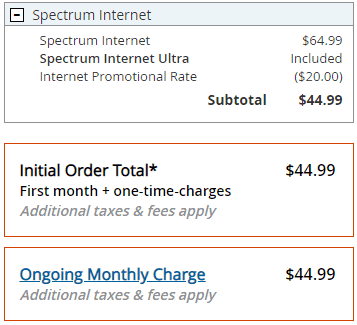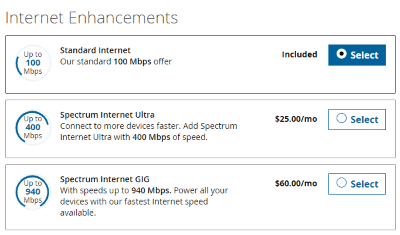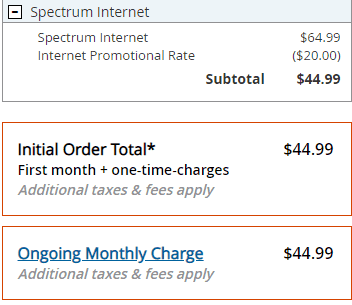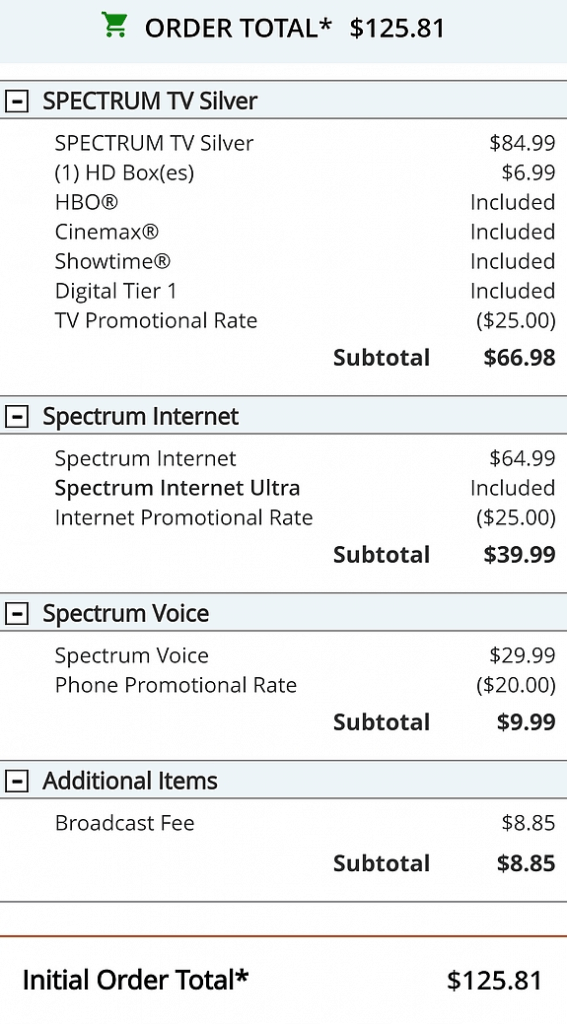
Comcast kicks the door open to the European television market.
Europe is about to get a taste of Comcast, the cable company most Americans abhor, after the Philadelphia-based cable giant won control of Sky, Europe’s largest satellite TV provider.
Comcast, criticized in some circles for overbidding, easily eclipsed 21st Century Fox’s bid to win control of the television provider that is a household name in the United Kingdom.
Sky customers are being groomed to think highly of the deal by Comcast’s PR department, promised a healthy increase in original programming, expansion into more European markets beyond the UK and Ireland, Germany, Austria, Switzerland, and Italy, and a richer selection of American and European programming owned or controlled by Comcast, which also owns NBCUniversal.
Analysts expect European customers will soon get the bitter taste of what their American counterparts have endured for decades — frequent and steep rate hikes widely expected from Sky’s new owner.

Comzilla
Comcast sees the American television market as saturated, but Europe is wide open for more television services. Comcast believes Sky is not meeting its value potential, giving the company plenty of room for hike rates as new programming and channels are introduced, especially on the European continent. British viewers already benefit from the consolidation of English language global media brands, bringing most American network fare to British and Irish audiences. But there is plenty of room to grow in Italy and Germany, where state public broadcasters are hardly meeting their audience potential and pay television networks are still lacking.
Sky currently has 27 million subscribers across Europe. Just 5.2 million of those subscribers are in Germany, a country with nearly 83 million people. Most are attracted to Sky’s ad-free movie service and sports networks. Sky has traditionally lacked the deep pockets necessary to compete effectively with global streaming providers like Netflix, which have scooped up a considerable amount of foreign language content.
These days, Sky is typically a co-partner in original programming ventures, but it rarely comes away with key ownership rights. Comcast’s ownership of NBCUniversal is expected to dramatically change that, with NBC and Universal Studios capable of aggressively entering the original programming business on behalf of Sky, keeping rights in-house.
European regulators will be watching how the Comcast-owned venture develops. Many countries already have concerns about the American “invasion” of entertainment programming, often a mainstay on the lineups of European networks. Comcast’s involvement will only escalate the amount of American content seen on European televisions, either in its original English, subtitled, or dubbed.
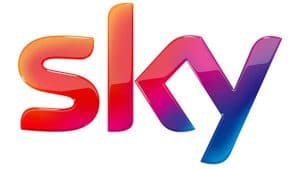 Currently, UK customers subscribing to the full Sky HD package, including the Sky Q set-top box, pay up to $119 a month. In Germany, the smaller “full package” costs $82 a month after promotional pricing expires. Comcast is likely to raise prices significantly over the next few years, possibly reaching $150 a month in the UK and $100 in Germany. In contrast, Netflix is building a giant market share in Europe keeping pricing low. A 4-screen subscription to Netflix currently costs $13 a month in the UK, with Netflix’s new Ultra subscription priced at $19.96 in Germany.
Currently, UK customers subscribing to the full Sky HD package, including the Sky Q set-top box, pay up to $119 a month. In Germany, the smaller “full package” costs $82 a month after promotional pricing expires. Comcast is likely to raise prices significantly over the next few years, possibly reaching $150 a month in the UK and $100 in Germany. In contrast, Netflix is building a giant market share in Europe keeping pricing low. A 4-screen subscription to Netflix currently costs $13 a month in the UK, with Netflix’s new Ultra subscription priced at $19.96 in Germany.
Despite potential price increases, few believe Sky will lose many subscribers, at least as long as it continues to hold the rights to must-have sports programming, notably the English Premier League soccer matches in the UK and Bundesliga matches in Germany, which Sky Deutschland shares with public broadcaster ZDF and Eurosport.


 Subscribe
Subscribe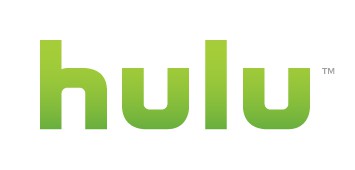 Hulu could soon be in the hands of Disney, as a high stakes game of asset trading overseas could have a dramatic impact on the streaming service.
Hulu could soon be in the hands of Disney, as a high stakes game of asset trading overseas could have a dramatic impact on the streaming service.
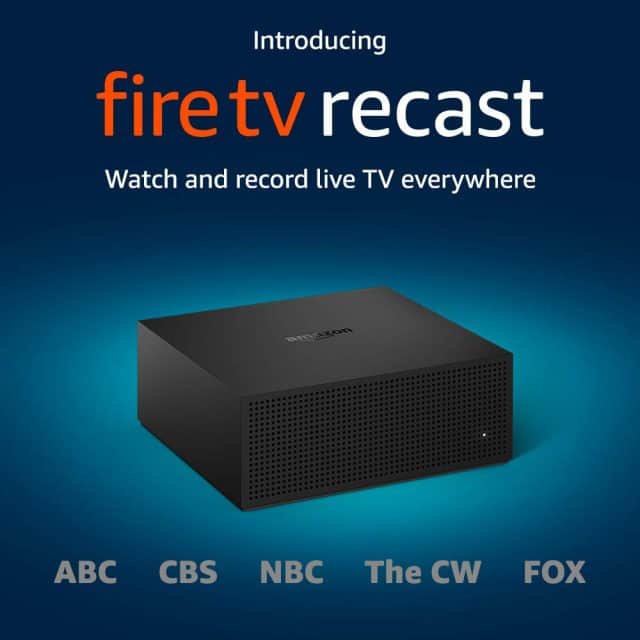
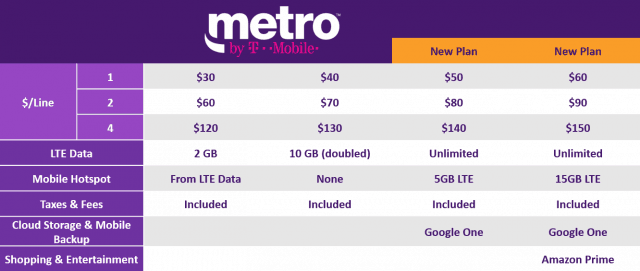
 Spectrum customers living in areas wired for fiber optics get substantially better discounts for longer periods of time than those living in areas where anemic phone company DSL service is the only competition.
Spectrum customers living in areas wired for fiber optics get substantially better discounts for longer periods of time than those living in areas where anemic phone company DSL service is the only competition.
